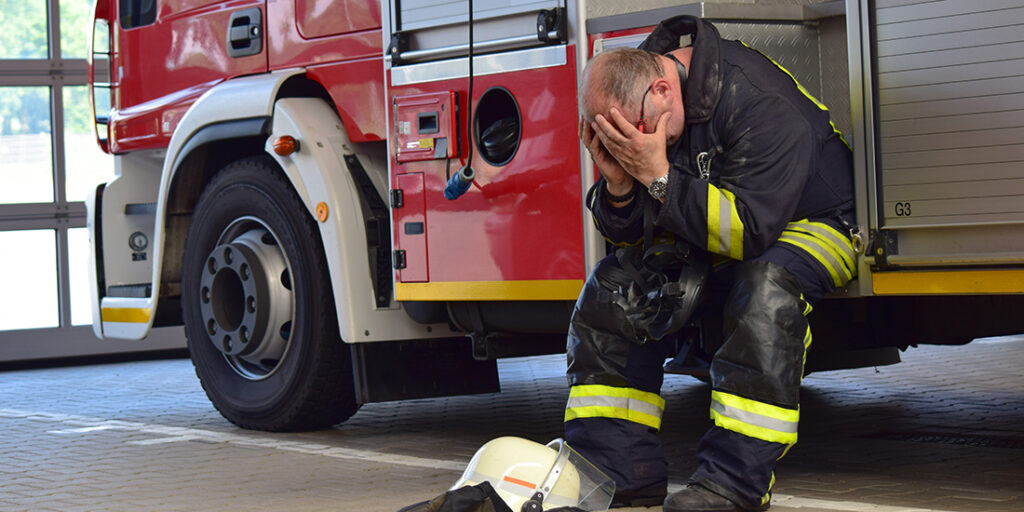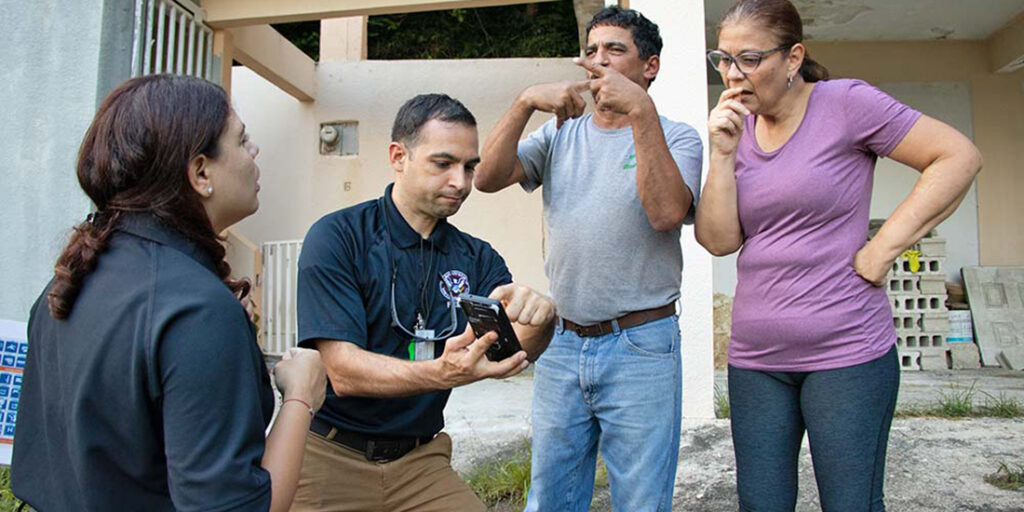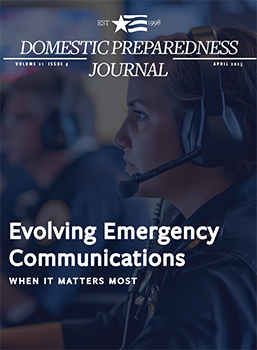Today's Top Picks
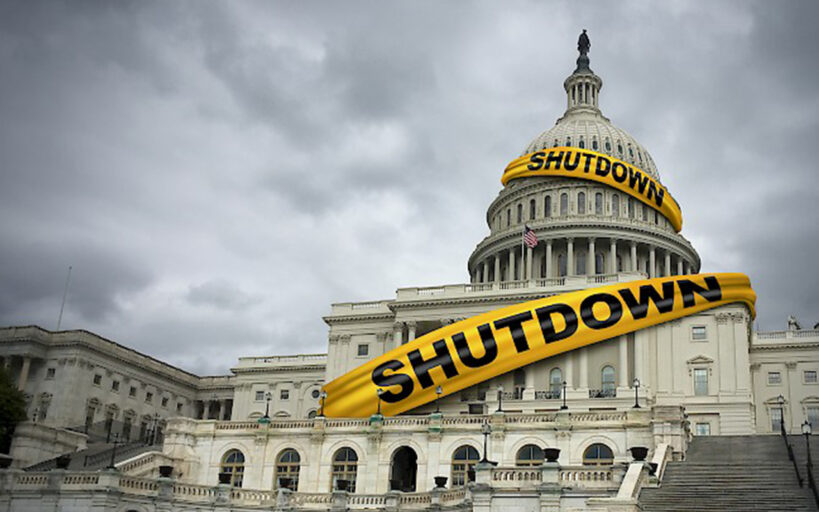
Government Shutdowns: Emergencies, Disasters, or Expected Events
The 35-day government shutdown of 2018-2019 became the longest in U.S. government history. Food banks, firefighters, and community services agencies ramped up their food and other care services. Much like during natural disasters, a significant number of federal workers and contractors did not have sufficient savings to cover expenses during this hiatus in pay and experienced uncertainty in insurance and other financial considerations during such a lengthy and uncertain time, occurring during the Christmas holidays.
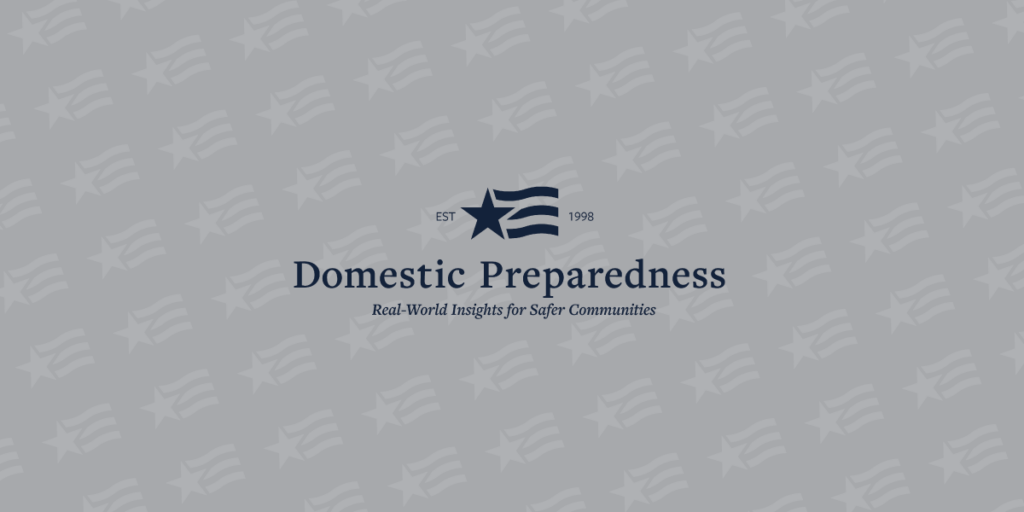
Don’t Procrastinate – Collaborate
After a disaster, stories often emerge about companies and organizations that provided resources
and services to aid in the response efforts. Sometimes these are prearranged formal agreements, but
often they emerge more spontaneously as the need arises within communities. It, of course, is not
possible to plan for every potential threat or scenario. However, there are many actions that could be
taken in advance of an emergency to build resilience into any ensuing scenario.
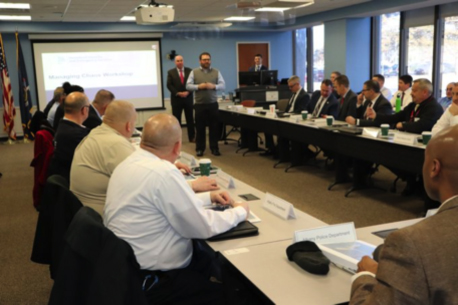
A “Pracademic” Approach to Homeland Security
It is important for academics and practitioners to collaborate and learn from each other. Academic
research can help to address real-world challenges, and practitioners are uniquely positioned to provide
meaningful insight to help shape research agendas.

Pandemic Influenza: Advice & Suggestions From an Expert
With the myriad of threats that communities prepare for, influenza pandemic is consistently at the top of the priority list. In recent years, strains such as H7N9 and H1N1 have caused concern among health officials. It is no mystery why, considering the 1918 influenza pandemic – which infected over 500 million individuals around the world and caused tens of millions of deaths. Domestic Preparedness Advisor Andrew Roszak recently had the opportunity to sit down with one of the world’s leading pandemic experts, Dr. Lisa Koonin. Dr. Koonin recently retired from a 30-plus year career at the U.S. Centers for Disease Control and Prevention. She was one of the leads for pandemic influenza preparedness and response efforts.
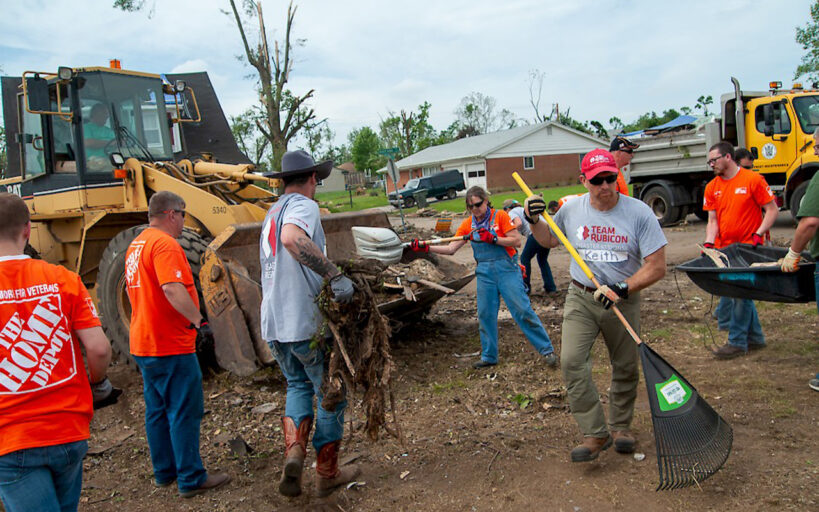
Predictable Surge: Improving Public-Private Collaboration
Public-private collaboration in disaster preparedness and response is currently sub-optimal in its organization and operational performance. This may be due to the perception of government entities that all collaboration must be formal in nature. As a consequence, small, medium, and even large private organizations may be reluctant to become involved in preparedness planning. However, reality suggests that organizations without existing contracts or partnerships are willing to participate in response efforts. This tension effectively limits the ability to anticipate the contributions that will come from entities outside of formal partnerships. “Predictable surge” is a new framework through which public and private entities, particularly at the state and local levels, may better work together to build preparedness and foster community resilience.
Trending
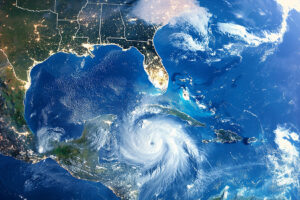 Emergency Management has Evolved: Why the… by Chas Eby While initially useful, the term “all hazards” no longer accurately describes the functions or mission of the emergency management discipline.…
Emergency Management has Evolved: Why the… by Chas Eby While initially useful, the term “all hazards” no longer accurately describes the functions or mission of the emergency management discipline.… Elevating Healthcare Emergency Preparedness… by Kathryn Romanchuk and Ben Kobliner Overlooked until disaster strikes, many emergency management departments struggle with personnel and budgetary constraints, yet the demand placed on these…
Elevating Healthcare Emergency Preparedness… by Kathryn Romanchuk and Ben Kobliner Overlooked until disaster strikes, many emergency management departments struggle with personnel and budgetary constraints, yet the demand placed on these… Cost Analysis: Protecting the Grid and Electronics… by The Foundation for Infrastructure Resilience Because modern societies are increasingly reliant on electronics, they are more vulnerable to the effects of an electromagnetic pulse event.…
Cost Analysis: Protecting the Grid and Electronics… by The Foundation for Infrastructure Resilience Because modern societies are increasingly reliant on electronics, they are more vulnerable to the effects of an electromagnetic pulse event.…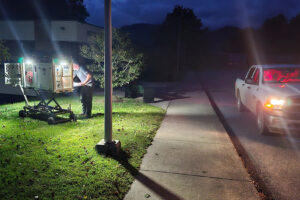 Bridging Communication Gaps: Lessons from Hurricane Helene by Greg Hauser Hurricanes in 2024 caused widespread damage to infrastructure, leading to a critical but often overlooked issue: isolation. Physical and technological…
Bridging Communication Gaps: Lessons from Hurricane Helene by Greg Hauser Hurricanes in 2024 caused widespread damage to infrastructure, leading to a critical but often overlooked issue: isolation. Physical and technological…Trending
 Cost Analysis: Protecting the Grid and Electronics… by The Foundation for Infrastructure Resilience Because modern societies are increasingly reliant on electronics, they are more vulnerable to the effects of an electromagnetic pulse event.…
Cost Analysis: Protecting the Grid and Electronics… by The Foundation for Infrastructure Resilience Because modern societies are increasingly reliant on electronics, they are more vulnerable to the effects of an electromagnetic pulse event.… Bridging Communication Gaps: Lessons from Hurricane Helene by Greg Hauser Hurricanes in 2024 caused widespread damage to infrastructure, leading to a critical but often overlooked issue: isolation. Physical and technological…
Bridging Communication Gaps: Lessons from Hurricane Helene by Greg Hauser Hurricanes in 2024 caused widespread damage to infrastructure, leading to a critical but often overlooked issue: isolation. Physical and technological… Emergency Management has Evolved: Why the… by Chas Eby While initially useful, the term “all hazards” no longer accurately describes the functions or mission of the emergency management discipline.…
Emergency Management has Evolved: Why the… by Chas Eby While initially useful, the term “all hazards” no longer accurately describes the functions or mission of the emergency management discipline.… Elevating Healthcare Emergency Preparedness… by Kathryn Romanchuk and Ben Kobliner Overlooked until disaster strikes, many emergency management departments struggle with personnel and budgetary constraints, yet the demand placed on these…
Elevating Healthcare Emergency Preparedness… by Kathryn Romanchuk and Ben Kobliner Overlooked until disaster strikes, many emergency management departments struggle with personnel and budgetary constraints, yet the demand placed on these…Trending
Emergency Management has Evolved: Why the… by Chas Eby While initially useful, the term “all hazards” no longer accurately describes the functions or mission of the emergency management discipline.…
Elevating Healthcare Emergency Preparedness… by Kathryn Romanchuk and Ben Kobliner Overlooked until disaster strikes, many emergency management departments struggle with personnel and budgetary constraints, yet the demand placed on these…
Cost Analysis: Protecting the Grid and Electronics… by The Foundation for Infrastructure Resilience Because modern societies are increasingly reliant on electronics, they are more vulnerable to the effects of an electromagnetic pulse event.…
Bridging Communication Gaps: Lessons from Hurricane Helene by Greg Hauser Hurricanes in 2024 caused widespread damage to infrastructure, leading to a critical but often overlooked issue: isolation. Physical and technological…
Domestic Preparedness Journal
Featured in this issue: Editor’s Note: Emergency Communications—Tough Lessons From the Maui Wildfires, by Catherine L. Feinman; Emergency Alerts: The Missing Link, by Rodrigo (Roddy) Moscoso; Hidden Barriers to Public Safety Interoperability, by Gabe Elias; AI Software in 911 Dispatch Centers: An Innovative Solution, by Tanya M. Scherr; A Systems Thinking Approach to Improving Emergency Communications, by William Chapman; Connectivity: The Foundation of Disaster Response and Preparedness, by Cory Davis; Know the Audience: Five Keys to Effective Communication, by Marc Hill; Bridging Communication Gaps: Lessons From Hurricane Helene, by Greg Hauser; A Regional Approach to Public Safety Communications Planning, by Charles (Charley) Bryson
Articles Out Loud

Article Out Loud – Not Lost in Translation: A Multilingual Corps Approach
May 14, 2025
Disaster survivors and responders often face psychological hazards like acute stress disorder, depression, and post-traumatic stress. These issues are worsened

Article Out Loud – Physical and Mental Injuries in First Responders: Why Wait?
May 14, 2025
First responders undergo intense physical training to ensure they are physically prepared for emergencies. Yet despite the high-stress nature of


